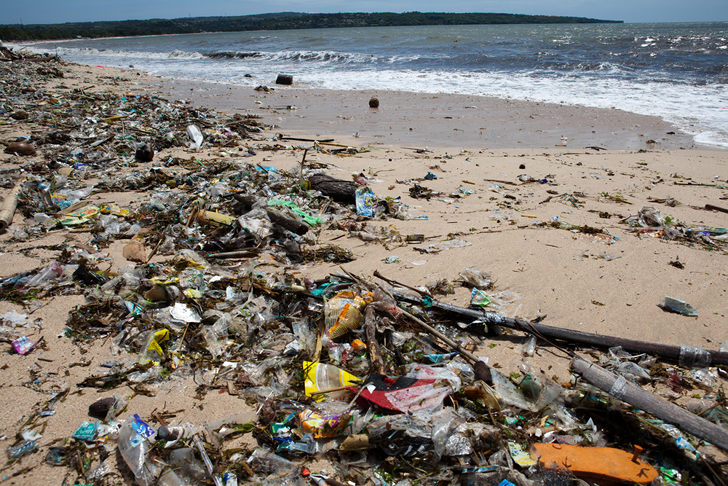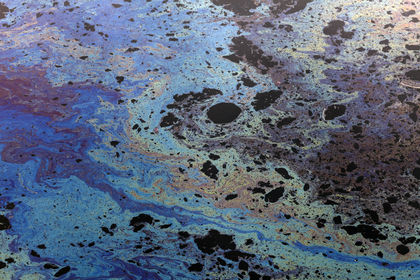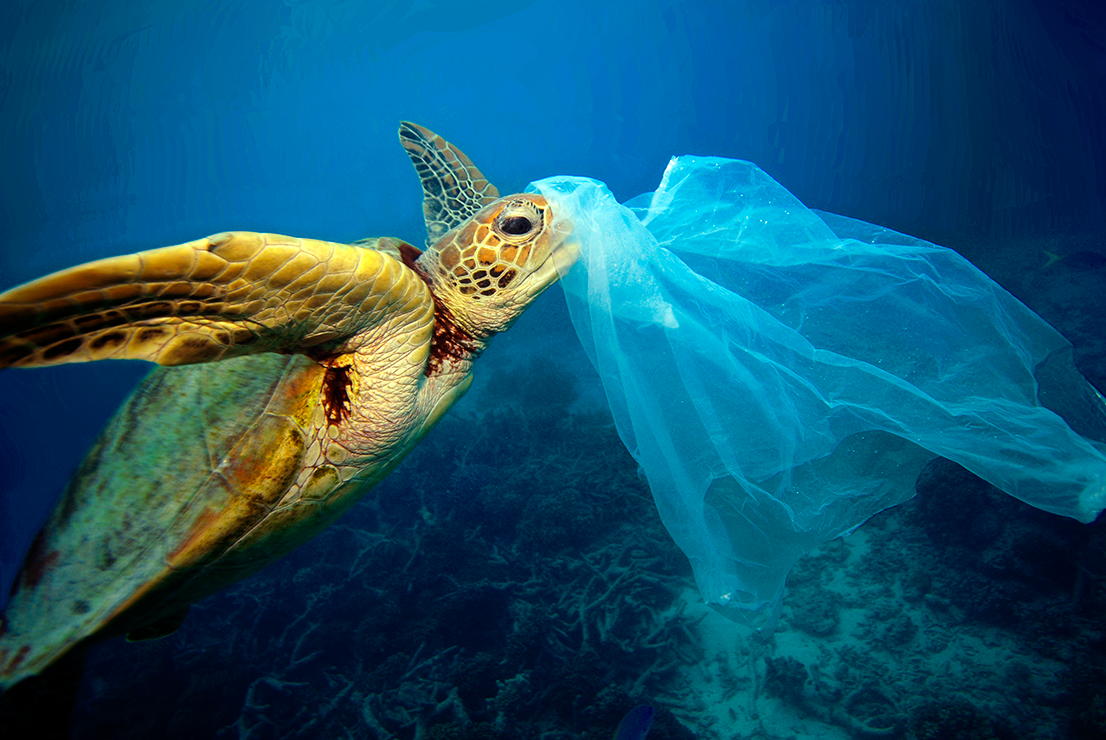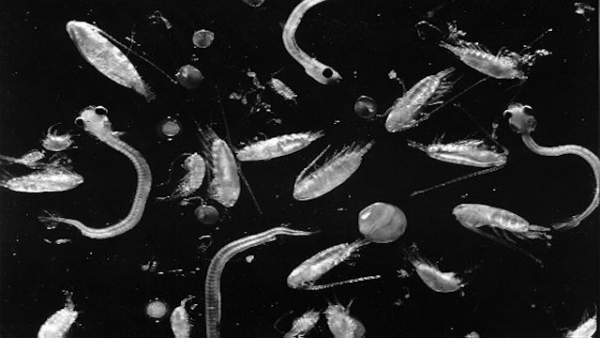5 Things You Should Know About Plastics in the Ocean
Plastics are ending up in our ocean. Why is this a problem?
1. Plastics do not biodegrade. What? Most plastic is made from petroleum the end product of millions of years of natural decay of once-living organisms. The main components of petroleum are lipids first assembled ages ago in those organisms' cells. So the question is, if petroleum-derived plastic comes from biomaterial, why doesn't it biodegrade? A crucial manufacturing step turns petroleum into a material unrecognised by the organisms that normally break organic matter down. This helps give plastic its durability!
2. Plastics break UP. So, plastics do not break down in the environment. They do, however; break UP into millions of smaller bits, a.k.a. micro plastics. This process is facilitated by their presence in the environment and in particular weakening over time in the sunshine. Especially when floating in the ocean. The sun’s rays have capabilities in its ultraviolet light (UV light) and infrared radiation, which bring about the incorporation of oxygen molecules into the plastic, a process known as oxidation. As more and more oxygen intermingles with the polymer in the plastic, it becomes brittle and easier to break UP into smaller and smaller and smaller pieces.
3. Plastics absorb other toxins they encounter in the ocean. In fact, studies reveal that the most commonly produced plastics (HDPE, LDPE & PP account for 62% of all plastics produced globally) absorb the most chemicals and for longer periods of time. "As the plastic continues to degrade, it’s potentially getting more and more hazardous to organisms as they absorb more and more contaminants." (Chelsea Rochman, UC Davis) PLUS, as plastics get smaller and smaller, there is more and more surface area for the plastic bits to absorb chemicals! Eek.
4. Plastics get mistaken and swallowed by wildlife as food & the toxic chemicals in plastics worsen as they make their way up the food chain. Plastic bags look like jellyfish to turtles. Algae accumulates on plastic surfaces causing the plastic to smell like food to seabirds. Small plastic micro fibres are indistinguishable from plankton.
Toxic chemicals in plastics "bio-accumulate" in wildlife. Chemicals are absorbed and then accumulate in the tissues of microscopic organisms to large animals at rates faster than that at which the chemicals are lost by catabolism or excretion. As animals eat other animals with toxic chemicals, those chemicals get more potent. Here are a few visuals!
5. Scientists are finding plastics in the bellies of seafood at markets around the world. A study from UC Davis found 1 in 4 fish sold at markets contained human-made debris — plastic or fibrous material — in their guts. Ocean animals are at the greatest risk, however, as pollution grows as a problem, plastic trash finds its way into fields, forests, rivers. It makes its way into the bellies of birds, cows, sheep, chicken, etc. All animals are under threat to plastic ingestion.
Pretty simple. The more plastics we use, the more plastics we have the potential to eat. Maybe a reason to go vegan! Maybe a reason to quit plastics! Whatever you take from this, I hope you use it for positive action. :)
APOLOGIES for graphic content.












